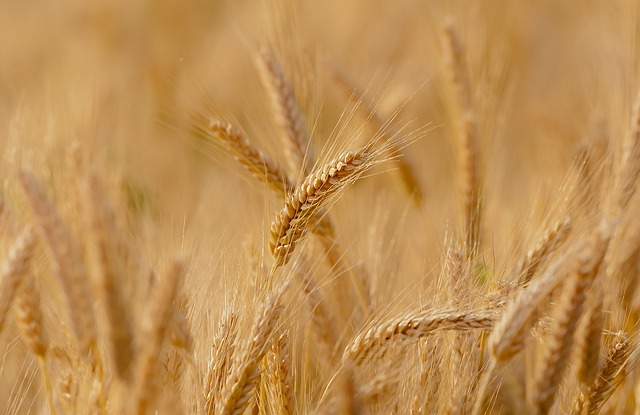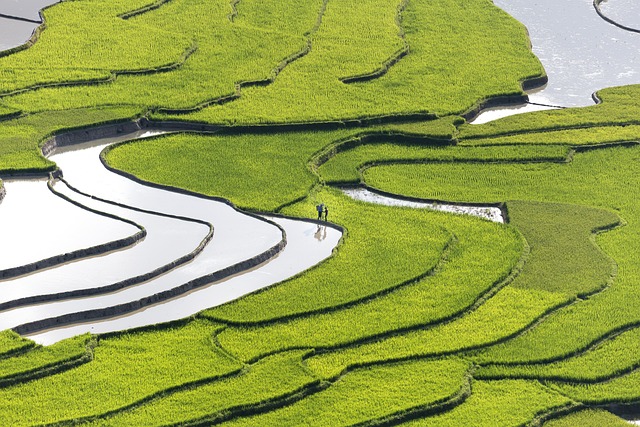Irrigation Scheduling: Key to Efficient Water Management for Different Plant Types
Effective irrigation scheduling is a crucial component of sustainable agriculture and efficient water management. By providing the right amount of water at the right time, farmers can optimize crop growth, conserve water resources, and minimize environmental impacts. However, different plant types have varying water requirements, necessitating tailored irrigation strategies.
Understanding the water needs of different plants is essential for proper irrigation scheduling. Factors such as plant species, growth stage, climate conditions, soil type, and local environmental factors influence the irrigation requirements. Here are some considerations for scheduling irrigation for different types of plants:
- Field Crops: Field crops, such as corn, wheat, soybeans, and rice, require careful irrigation management. In general, these crops have higher water demands during key growth stages, such as flowering and grain filling. Monitoring soil moisture levels through sensors or regular field inspections helps determine the right time to irrigate. Additionally, using weather data, such as evapotranspiration rates, aids in estimating crop water requirements and optimizing irrigation scheduling.

- Fruit Trees: Fruit trees, including apple, citrus, and stone fruits, have different irrigation needs depending on their growth stage. During the early establishment phase, frequent and light irrigations are necessary to encourage root development. As the trees mature, the frequency and volume of irrigation may decrease, but water must reach the root zone. Monitoring soil moisture levels and using water stress indicators, such as leaf wilting or stem water potential measurements, can guide irrigation scheduling for fruit trees.
- Vegetable Gardens: Vegetables, like tomatoes, cucumbers, and lettuce, have shallow root systems and high water demands. Regular irrigation is often required to maintain consistent soil moisture levels. Drip irrigation or micro-sprinklers are efficient methods for delivering water directly to the root zone, reducing evaporation and water waste. Monitoring soil moisture with probes or visual cues, such as leaf wilting, helps determine the appropriate irrigation frequency and duration.

- Ornamental Plants: Ornamental plants, such as flowers and landscape plants, have diverse water requirements. Factors such as plant species, growth habit, and environmental conditions influence irrigation needs. Proper irrigation scheduling for ornamental plants involves considering their specific water requirements, soil moisture monitoring, and adjusting irrigation frequency and duration accordingly. Mulching around plants helps conserve soil moisture and reduce evaporation.
- Succulents and Drought-Tolerant Plants: Succulents and other drought-tolerant plants have adapted to arid conditions and require less frequent irrigation. These plants store water in their leaves, stems, or roots, allowing them to withstand dry periods. Overwatering can be detrimental to their health. It is important to provide these plants with well-draining soil and water sparingly, allowing the soil to dry out between irrigations.
Irrigation scheduling for different plant types involves a combination of factors, including plant characteristics, soil moisture monitoring, climate data, and local knowledge. It is essential for farmers and gardeners to stay informed about the specific water requirements of their plants and implement efficient irrigation practices accordingly. By tailoring irrigation schedules to meet the needs of different plant types, we can promote water conservation, improve crop productivity, and foster sustainable agricultural practices.
